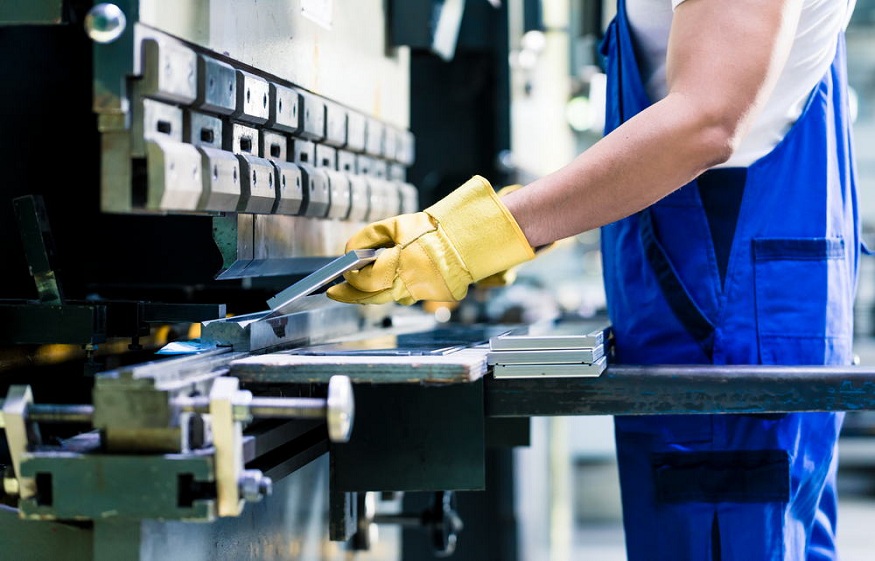Streamlining Manufacturing Processes – The Role of Fasteners in Assembly
Behind every product rolling off assembly lines lies meticulous engineering to make manufacturing efficient. From concept to completion, each step adds value while minimizing costs in time, labor, and materials. As a vital component, fasteners present both opportunities and challenges in the constant drive to optimize production. Selecting and applying fasteners strategically means manufacturers gain flexibility, repeatability, and savings from start to finish.
Standardizing for Interchangeability
Thriving manufacturing depends on parts and processes that integrate seamlessly. Fasteners are no exception. By standardizing on proven fastener types and specs, manufacturers gain interchangeability across platforms, assembly steps, and phases of production.
According to the screw and fastener experts at SPAX.us, standard fasteners like pan head screws speed assembly with universal drive types and availability. Standard sizes and finishes let them unite diverse materials and accommodate rework. This flexibility simplifies ordering, inventory, and line configurations for accelerated production.
Tightening for Precision and Speed
On fast-paced assembly lines, rapid precision fastening is paramount. To secure components without damage, automated screwdriving stations balance torque, depth, and angles. Programmable controllers adjust variables to accommodate different screws and materials. Advanced vision systems even recognize individual fastener types automatically.
Such innovations allow manufacturers to tighten screws rapidly to ideal specifications. Automated precision minimizes errors, maximizes output, and reduces fatigue-related injuries from repetitive tasks. The result is faster assembly times and higher-quality finished goods.
Streamlining with Fastener Feeds
Beyond tightening, delivering fasteners to assembly points smoothly is critical for efficient manufacturing. Gravity feeds direct screws, bolts, and other fasteners to automated driving tools just in time. Intelligent control systems monitor supply, triggering replenishment before depletion.
For small or irregular fasteners, vibratory bowl feeders orient and align parts using mechanical channeling. Vision-guided robotic pickers then collect and position fasteners with precision for high-speed automated assembly. Together, specialized feeding systems keep the line moving with minimal downtime.
Simplifying Maintenance and Repair
Easy disassembly for maintenance and repair starts with strategic fastener placement. Allowing access to internal components without destruction streamlines servicing and extends product lifetimes. Fasteners like captive panel screws speed disassembly and reassembly for routine upkeep or repairs.
Common fastener types also let maintenance staff source spares anywhere quickly. Self-locking designs eliminate loose parts while allowing non-destructive access when needed. And anti-corrosion coatings preserve integrity in harsh conditions. With forethought, manufacturers design products people can actually maintain and repair economically.
Optimizing Adhesive Techniques
Alongside traditional fasteners, advanced adhesives now streamline manufacturing in new ways. UV-cured bonding joins components in seconds, accelerating production lines. Anaerobic adhesives threaded into assemblies eliminate steps. Conductive adhesive films even bond electronics during automated pressing.
Synthesizing fastening and bonding optimized for each material and stage of production maximizes manufacturing productivity. Adhesive innovations continue expanding possibilities across industrial assembly.
Efficient Inventory and Supply Chain Management
To fully optimize manufacturing, fastener integration must extend beyond assembly lines to global supply chain logistics. Intelligent inventory management and part sourcing contributes enormously to production efficiency.
Analyzing product designs and assembly plans means manufacturers determine exact fastener types and quantities needed. Streamlined approved vendor lists then provide reliable inventory. Digital integration allows automatic reordering based on real-time usage data, ensuring constant availability yet minimizing on-site stock.
Global data connectivity also allows manufacturers to adjust inventories and assembly processes quickly as products evolve. Fastener integration thereby scales efficiently from single factories to international enterprises.
Conclusion
Thoughtfully engineering the role of fasteners and adhesives in assembly allows manufacturers to drive efficiency and add value. Standardization, automation, and optimized component delivery save time and costs at every step. Accessible product designs extend usable lifetimes. And adhesive breakthroughs unlock new assembly techniques. Combined judiciously, fastening and bonding solutions create flexible, repairable products quickly while delighting consumers.


